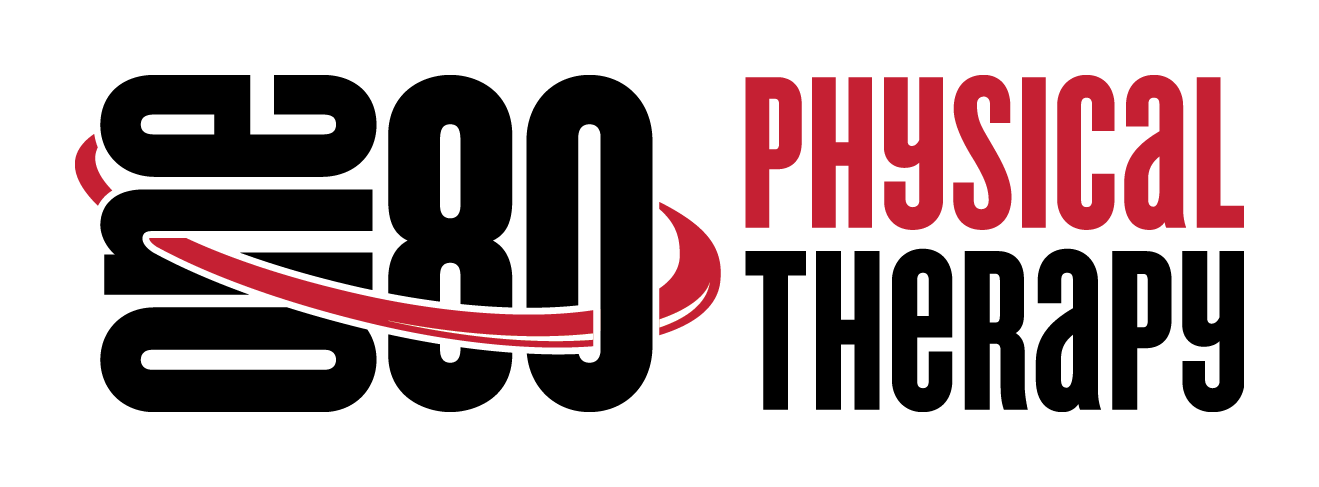What Role Does a Functional Screen Play in Evaluation and Treatment?
There’s a lot of talk out there on whether functional screens are useful what they can and can’t be used for, or if they should be used at all. We are on both sides of the fence on this one. We do use a functional movement pattern screen here with the One80 System, but it’s probably very different than what you’ve seen in the past.
What We Don’t Use Screens For
We don’t use screens to establish a diagnosis, they don’t dictate our treatment. They don’t ever find the root cause of pain, so that’s why they can’t tell us what to treat and what not to treat. They also don’t tell us what to do. So we don’t run someone through a screen see that they can’t squat and just give them corrective exercises. We need to screen before and after every visit. This is what shows us functional gains. We are functional practitioners that want to get our patients back to normal function. We are not just trying to cover up symptoms. We should be able to run through our screen in about a minute to find out what we need to know and move on to the next thing.
What We Do Use Screens For
The screen is just the first tool in our evaluation process, it gives us a gross snapshot of what the patient can and cannot do. Screens pick up the missing pieces that the patient might not have explained to us either in their history or in their subjective. They might have other surgeries or problems that they forgot about that when we do the screen it brings those problems out. It leads to further evaluation because now we set the table for what we are going to look at next. It helps lead their home exercise program design. Because it’s based on function and what they can or can’t do after the visit, we can send them home with things that are appropriate. This is so when they come back we are not redoing all of their progress.
A Typical Screen
A screen will usually start with shoes off, so there’s no compensation. We don’t use tape or braces. During the quick assessment, we look for certain things to happen in certain points, such as quality of motion and patient feedback. Screens are pretty easy to get through, and we get a lot of information that gives us a great pre and post-assessment of what our patient can and can’t do.
If you are experiencing pain and would like to learn how One80 Physical Therapy® can help you get back in the game of life, call (970) 593-9300 today for a FREE CONSULTATION. Let us show you why One80 is the opposite of everything you’ve tried before.

Leave a Reply
Want to join the discussion?Feel free to contribute!